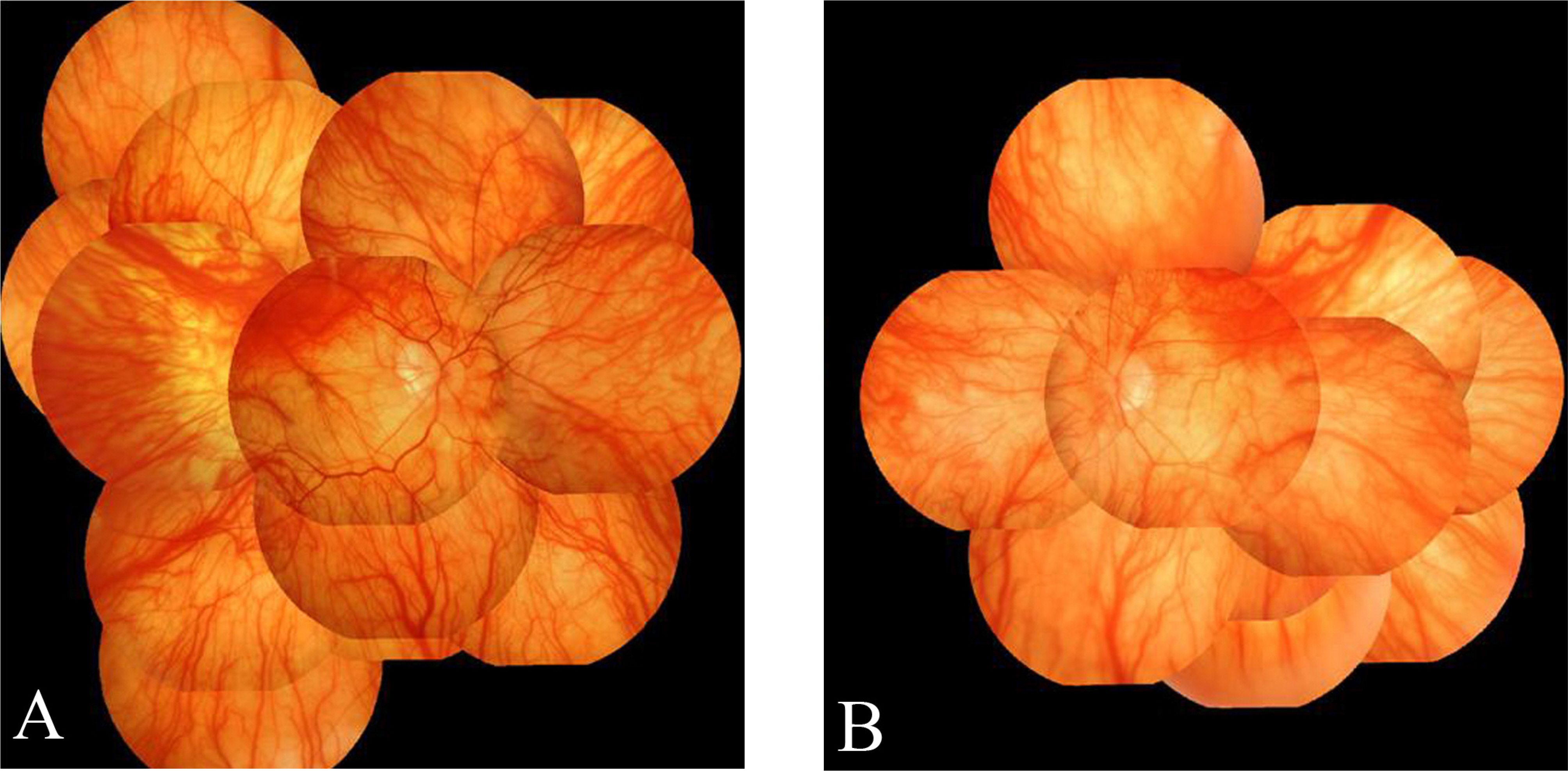J Korean Ophthalmol Soc.
2008 May;49(5):840-844. 10.3341/jkos.2008.49.5.840.
A Case of Retinal Detachment Surgery in Albinism Patient
- Affiliations
-
- 1Department of Ophthalmology and Visual science, The Catholic University of Korea, Uijeongbu St. Mary's Hospital, Gyeonggi-do, Korea. parkyh@catholic.ac.kr
- KMID: 2211717
- DOI: http://doi.org/10.3341/jkos.2008.49.5.840
Abstract
-
PURPOSE: To report a case of retinal detachment surgery in a patient with oculocutaneous albinism.
CASE SUMMARY
A 44-year-old man visited our clinic complaining of decreased visual acuity in his left eye. His best corrected visual acuity was hand movement in his left eye, and rhegmatogenous retinal detachment involving the macula at the superior temporal site was found. We performed pars plana vitrectomy and attempted to reattach the retina using endolaser photocoagulation; however, the laser burn was not made, and we failed to reattach the retina. At that point, we carried out cryopexy around the retinal tear, and injected silicone oil into the vitreous cavity. Ten months after surgery, his best corrected visual acuity was 0.06, and there was no recurrent retinal detachment or proliferative vitreoretinopathy.
CONCLUSIONS
In patients with albinism with melanin deficiency, cryopexy is more useful than laser photocoagulation for retinal detachment surgery.
Keyword
MeSH Terms
Figure
Reference
-
References
1. Dorey SE, Neveu MM, Burton LC, et al. The clinical features of albinism and their correlation with visual evoked potentials. Br J Ophthalmol. 2003; 87:767–72.
Article2. Susan MC, Raymond EB, Pamela JS, William VG. Albinism:modern molecular diagnosis. Br J Ophthalmol. 1998; 82:189–95.3. King RA, Pietsch J, Fryer JP, et al. Tyrosinase gene mutations in oculocutaneous albinism 1 (OCA1): definition of the phenotype. Hum Genet. 2003; 113:502–13.4. Guillery RW. Why do albinos and other hypopigmented mutants lack normal binocular vision, and what else is abnormal in their central visual pathway? Eye. 1996; 10:217–21.5. Kim MH. Two cases of complete generalized albinism. J Korean Ophthalmol Soc. 1976; 17:150–63.6. Park JC, Lee JH. Two cases of ocular albinism. J Korean Ophthalmol Soc. 1980; 21:271–3.7. Lee KY, Ban MS, Song BR, Yoo JH. A case of oculocutaneous albinism. J Korean Ophthalmol Soc. 2000; 41:288–93.8. Campochiaro PA, KAden IH, Vidaurri-Leal J, Glaser BM. Cryotherapy enhances intravitreal dispersion of variable pigment epithelial cells. Arch Ophthalmol. 1985; 103:434–6.9. Wilkinson CP, Rice TA. Michels retinal detachment. 2nd ed.St Louis: Mosby;1997. p. 1067.10. McDonald HR. Diagnostic and therapeutic challenges. Retina. 2001; 21:367–70.
Article
- Full Text Links
- Actions
-
Cited
- CITED
-
- Close
- Share
- Similar articles
-
- A Case of Retinal Detachment with Equatorial Scleral Staphyloma
- A Case of Retinal Detachment with Equatorial Scleral Staphyloma
- Prophylaxis of Retinal Detachment
- Comparision of Clinical Findings between Phakic Retinal and Pseudophakic Retinal Detachment
- Spontaneous reattachment of retinal detachment with macular hole in nonmyopic patients



